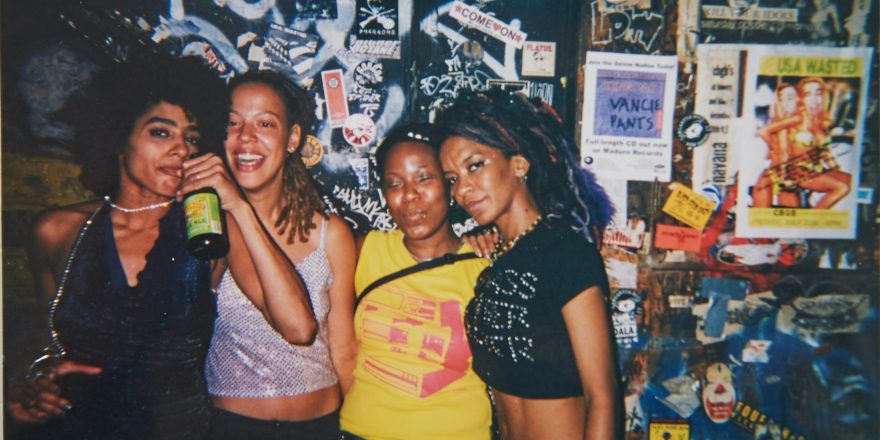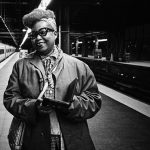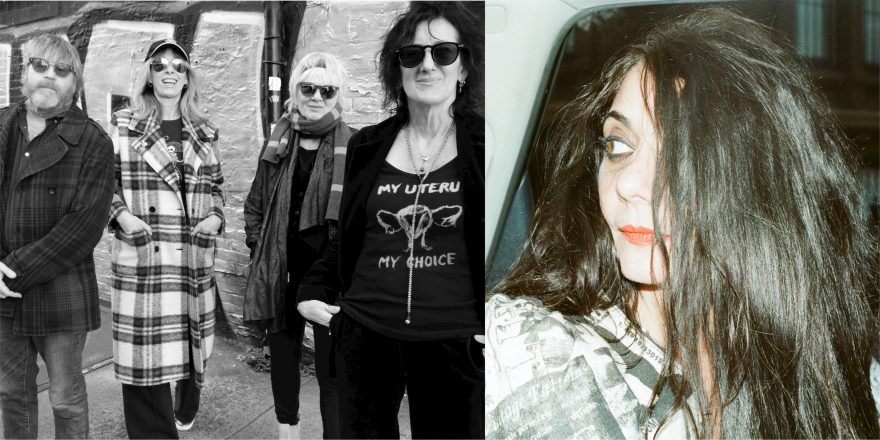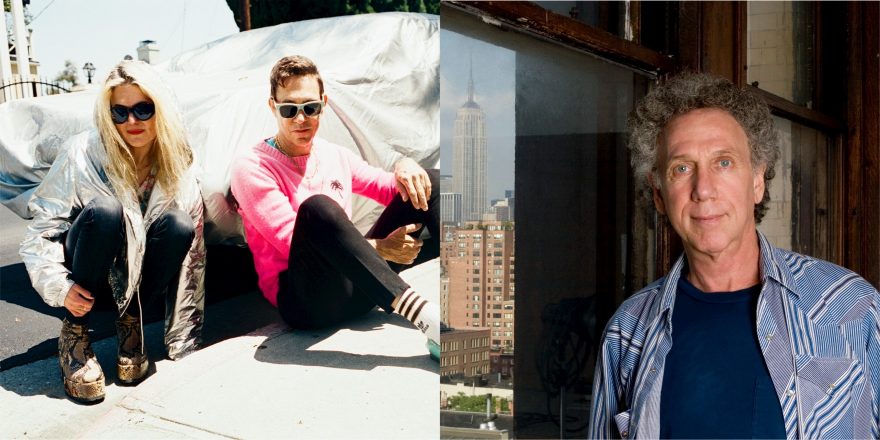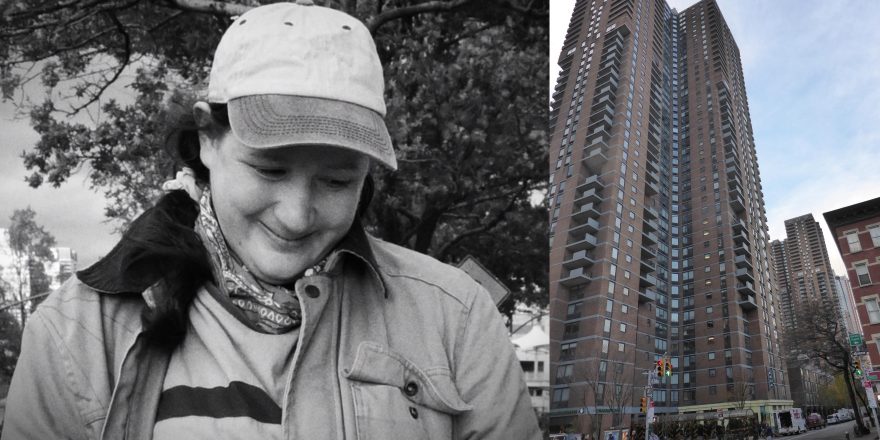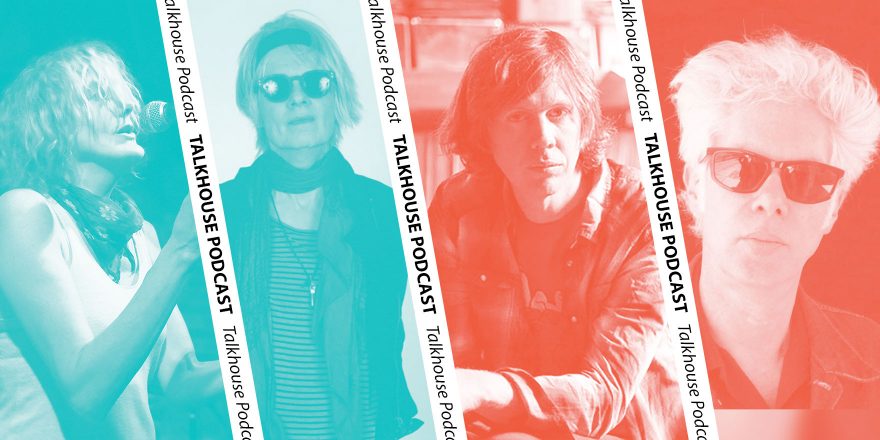Honeychild Coleman is an artist based in Brooklyn who plays in the bands The 1865 and Bachslider. She was also a founding organizer of the Sista Grrrl Riots — a punk collective by and for Black women, started with Tamar-kali, Simi Stone, and Maya Glick in 1998. The Riots were NYC’s answer to the (notoriously very cis and white) Riot Grrrl movement: A more racially and sonically diverse style of revolution, the only way it makes sense to happen here.
Honeychild originally moved to NYC in 1985 to attend Parsons, and aside from a brief detour in the Bay Area, she’s been here ever since. Below, she tells us why the history she’s made could have only happened in New York.
You can read more from some our favorite artists on the subject of NYC in the Talkhouse Reader.
— Annie Fell, Editor-in-chief, Talkhouse Music
As a kid growing up in Kentucky, I was really in love with Michael Jackson, to the point where I thought I was going to move to California and find him. I had dreams about walking on the beach with Michael Jackson with his giant afro — never having been to a beach or gone north of Cincinnati, but just thinking, I’m going to live in LA and meet Michael Jackson and that’s gonna be my life! Then in the ‘80s with the explosion of all the culture in New York, between fashion, breakdancing, new wave, DJ culture, film, things started pointing my interest toward New York. Also, New York had the post-disco club era stuff — I was super into Grace Jones, even in grade school. So my impression was that New York was a glamorous place where people break into dance in the streets, but it also had an edge. It was where people went to follow their dreams. It was fast, dangerous, and exciting.
Once I decided I was coming to New York, I was so stubborn. I only wanted to go to Parsons. Other schools were trying to vet me, but I was like, “I don’t want to stay in the South, I don’t want to go to school in the Midwest. I really just want to get to New York.” I got in late — I’m talking the end of the summer after I graduated. I was just like, If I don’t get in, I’m just going to go there and work my way through the city. Dreaming big. But I was like, I know I’m going to get there somehow! Then finally my acceptance letter came two weeks before school started.
I thought that I was going to come to New York and there were gonna be tons of art-punk Black girls just like me. I was going to find a tribe and no one was gonna look at me twice. But when I got here, in 1985, I was kind of shocked at how conservative it was. The thing that people who aren’t from here don’t know (and I learned this the hard way) is that you have to find the cool things. You’re not going to just plop down in front of CBGB. You’re going to be in a really touristy area with all the big box restaurants that you have at home. That was a shock — I was like, Why is there McDonalds here?
I had no intention to get involved in music at that point. I accidentally got into music just having fun at my job, singing with my coworkers while we steamed clothes at a vintage shop. Two of my coworkers were singers, and they were amazing. We were always singing along with records, and eventually they were like, “Let’s be an a capella group!” So that’s how I thought, Oh, I could do this. We were just singing at parties or whatever. Eventually everyone else kind of fell off, but I was still singing at the parties. So that’s really how it started for me.
The thing I really loved about New York then was that you could kind of bounce around. I could one minute be at the Palladium or the Underground (which was like freestyle and house music), and then I’d go to this little hole in the wall in Tribeca called Madam Rosa, where Basquiat would DJ. And I was dressed the same at all of the clubs; I was never changing how I looked or how I presented myself. I never went to CBGB until I played there — the reputation was so intimidating that I just thought, There’s no way I’m walking in there by myself. One of the girls in my dorm went and saw GG Allin and came back and said, “I just saw the most amazing show! This guy was throwing feces!” I was like, “Nope, not for me!” I was also friends with these oi skinheads, and I was like, “I really like the music, but I don’t wanna get beat up.” So I was on the fringe of all of those scenes.
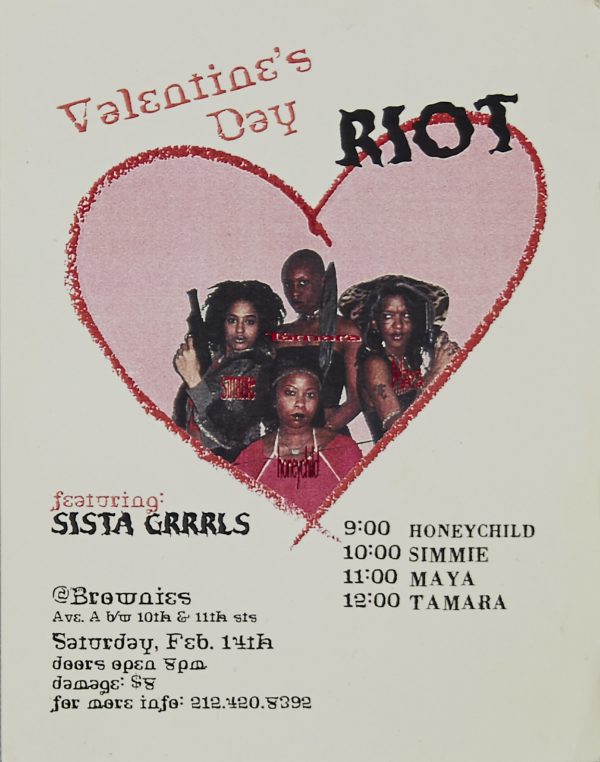
When Tamar-kali called our first meeting about what it would be to throw the Riot, we never talked about genres. Our whole mission was, “Yo, we’re all Black women fronting our own bands and writing our own music. Why are we at the mercy of all these dudes to book our shows or decide where we can and can’t play, or what kind of bill we can be on?”
The first Sista Grrrl Riot was at Brownies, which was a couple blocks from Tompkins Square Park on Avenue A. That was one of my favorite venues since it was the first, and it was so packed. It shocked us all. We did one Riot at Webster Hall, which is where the Ritz used to be, so that symbolically was huge for me — I would go to the Ritz by myself all the time. The last Riot we did was at CBGB the summer they closed, in 2006. We probably felt the most associated with the Lower East Side and the East Village. It’s where we hung out all the time. I wasn’t living in the Village anymore then — I had just moved to Brooklyn, which is where I met Tamar-kali. Actually, I met Simi in Brooklyn too, but then she moved back to the East Village. Maya lived in the East Village and was DJing at La Linea. But we all worked in the city, and all of the clubs were downtown, so we were just always somewhere between Chinatown and 14th Street, hanging out and running around.
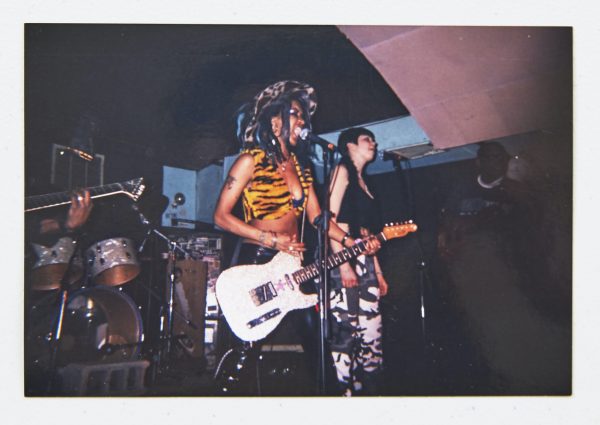
I don’t think I could have made the music I’ve made if I didn’t live in New York. I mean, it’s one of the reasons why I left the Bay Area, because it felt like people didn’t get what I was doing. I wasn’t really taken seriously. People didn’t understand how I could just play with a guitar and drum machine, but I wasn’t a folk singer or a soul singer, and I was using effects. I had to come back to New York to find someone who was at least interested in trying to understand, even if there was no one doing what I did.
I don’t think I’ll ever be jaded about New York. I still have those moments where I’m like: I can’t believe I live here. I can’t believe I did what I said I was gonna do.
As told to Annie Fell. 


